
In the Squamish language, tem tikw translates to winter. But more specifically it translates roughly to “the time when the rivers are low and our canoes run up on the gravel bars.” The detail and information embedded in our Indigenous languages is vast, profound and very practical. Learning one new word or term holds the key to a whole world that existed many lifetimes ago and still persists today in another form.
As we move into tem tikw, or the winter season in Squamish, the air is getting colder, frost covers the ground and the few brown leaves still hanging on the trees on chilly mornings indicate that the time for boosting immunity is here! But really, isn’t that always important?
Sḵwálwen’s Nekwensut Tea (neck-went-suit ~ translates to ‘warm oneself’ in the Squamish language) is an excellent immunity booster. With this simple recipe, you can make it yourself if you have the plant ingredients on hand. If not, you can order the tea right here.
Nekwensut Tea Ingredients:
Rosehips ripen in the fall and early winter. They are the fruit of the wild rose flowers and packed full of vitamin C and antioxidants — both important ingredients for supporting good health. If you are harvesting your own rosehips for tea, be sure you know your identification and also be sure to remove the seeds (which can irritate your digestive tract) before ingesting the rosehips. I usually dehydrate mine for later use in winter tea blends.

Stinging nettle is an incredible plant for food and medicine. This is one of my favorite plants to harvest in spring. Finding stands of the deep green chlorophyll-rich leaves signals the symphony of botanical abundance in the spring forests of the Pacific Northwest. Nettle is great for reducing inflammation and has immunity boosting properties along with being a great aid to help heal from colds. If you are harvesting your own nettle to dry for tea or eat be sure to harvest the leaves before the plant goes to flower, as after this point there are cells in the plant that can cause irritation internally that may affect your digestive tract.
Wild mint is a wonderful tea ingredient to have on hand. This is a plant you can easily grow in a garden setting and harvest and dry for later use. The flavor of mint is a familiar and calming one which makes is a great addition to a winter tea blend. Mint can induce perspiration, reduce fever and settle digestion.
Directions:
To make a tea blend with these three ingredients, add equal parts of each to a container and blend. Then measure out a teaspoon and steep in a metal tea ball or compostable tea bag for 10-15 minutes in your favorite mug. If you want to make a full tea pot, use 1-2 tablespoons of the blend and follow the same steps.

One of the most essential teachings I have learned through the course of my masters and now my doctoral work with Indigenous plants — and most importantly what has been shared with me by my family and community members — is that our ancestors took a preventative approach to their health. By taking plant foods and medicines into their bodies on a regular basis and by spending time on the land year-round, our ancestors ensured they were healthy, strong people.
I hope you enjoy creating this immunity-boosting tea! Again, Sḵwálwen offers the Nekwensut tea here if you’d like to order through us. I look forward to curling up with a hot cup of this delicious, soothing tea many times in the coming months.
Read more
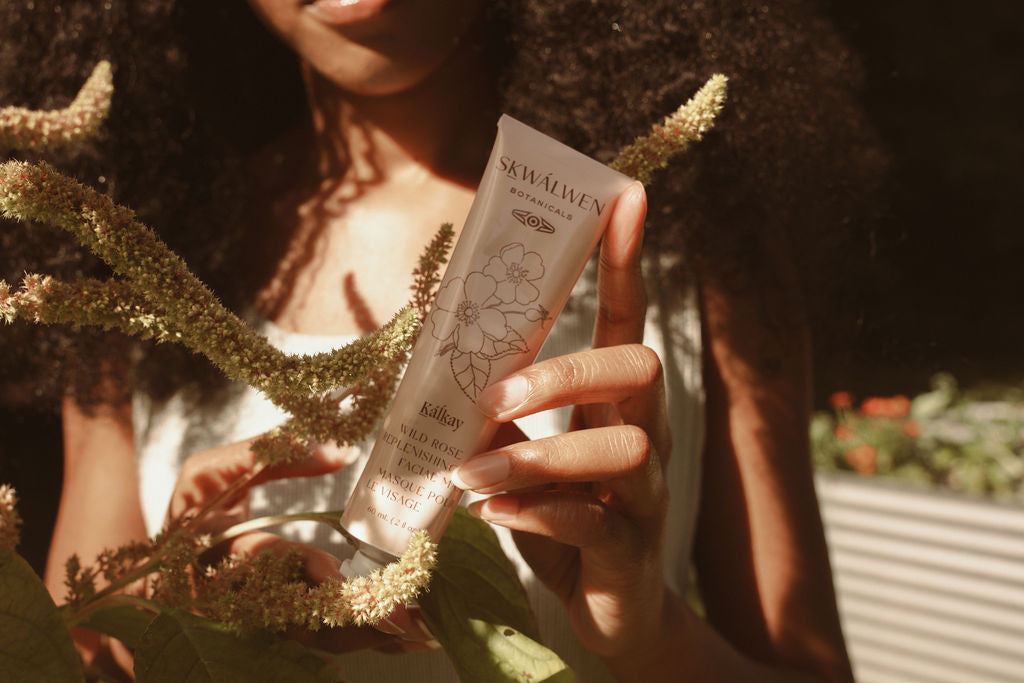
Rose reduces redness, irritation and inflammation. This makes it a well-tolerated ingredient across a range of skin types including sensitive skin.

With so much going on in the world, it feels essential these days to keep our spirits nourished. When we’re moving through life from a place of connection, we’re better equipped to face challeng...
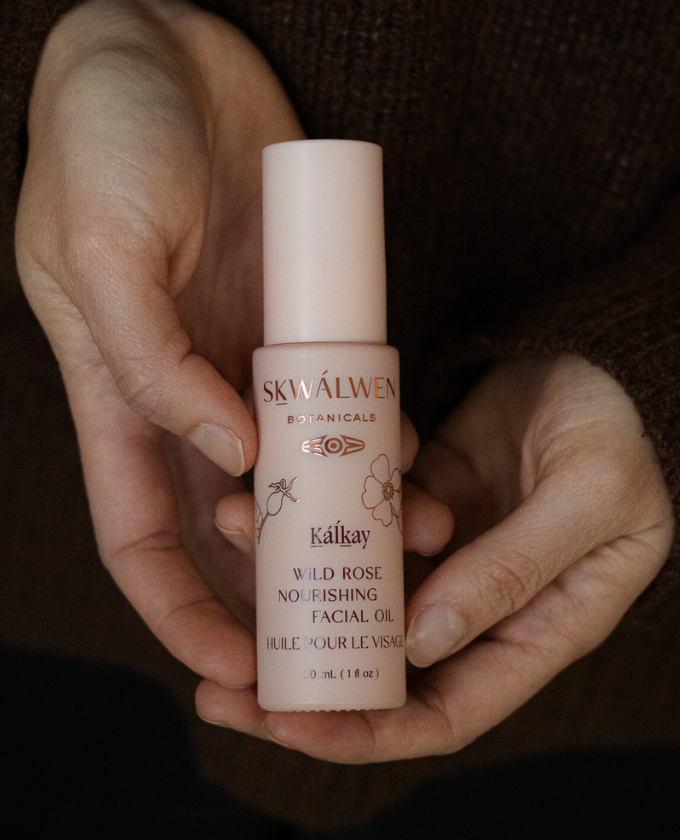

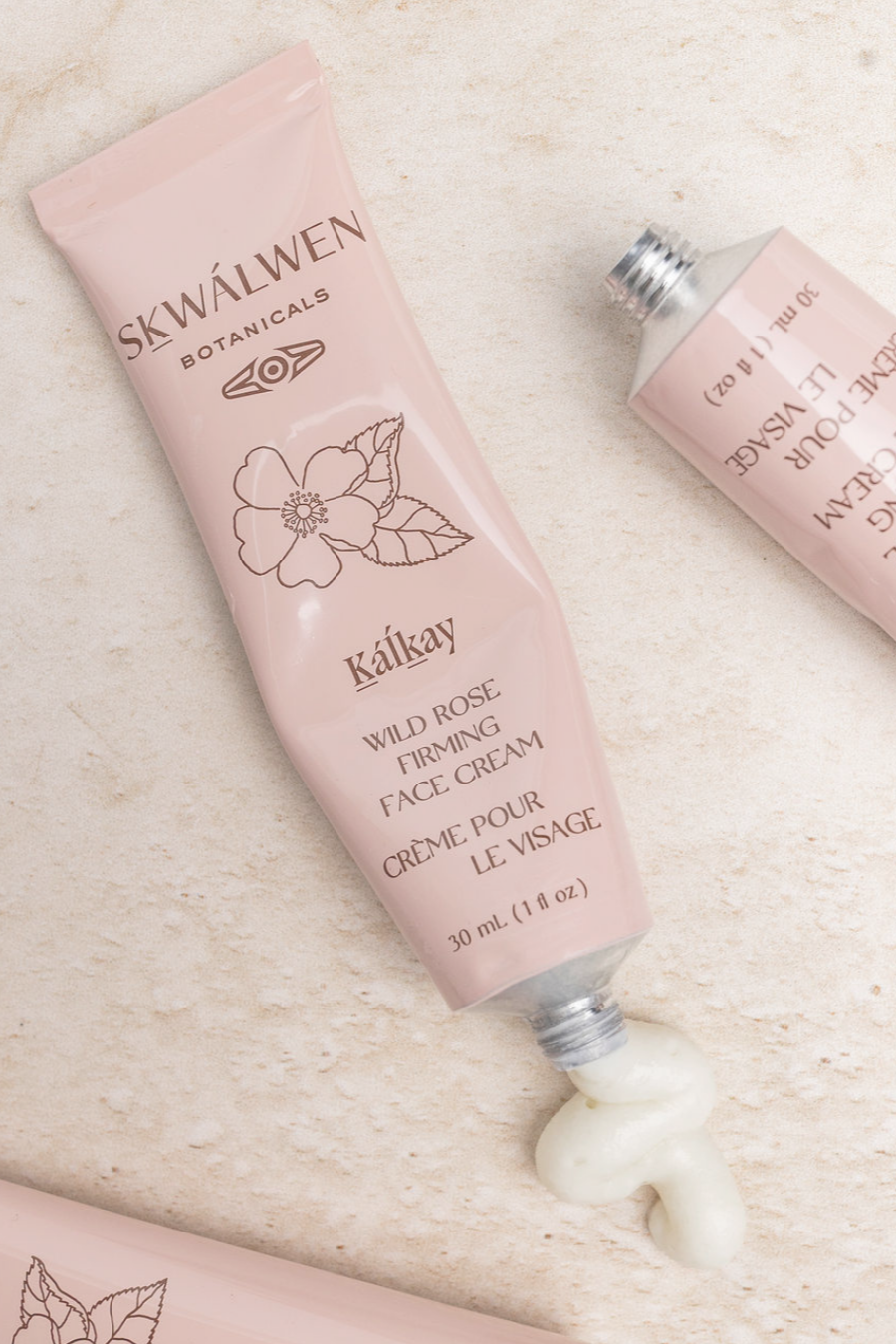
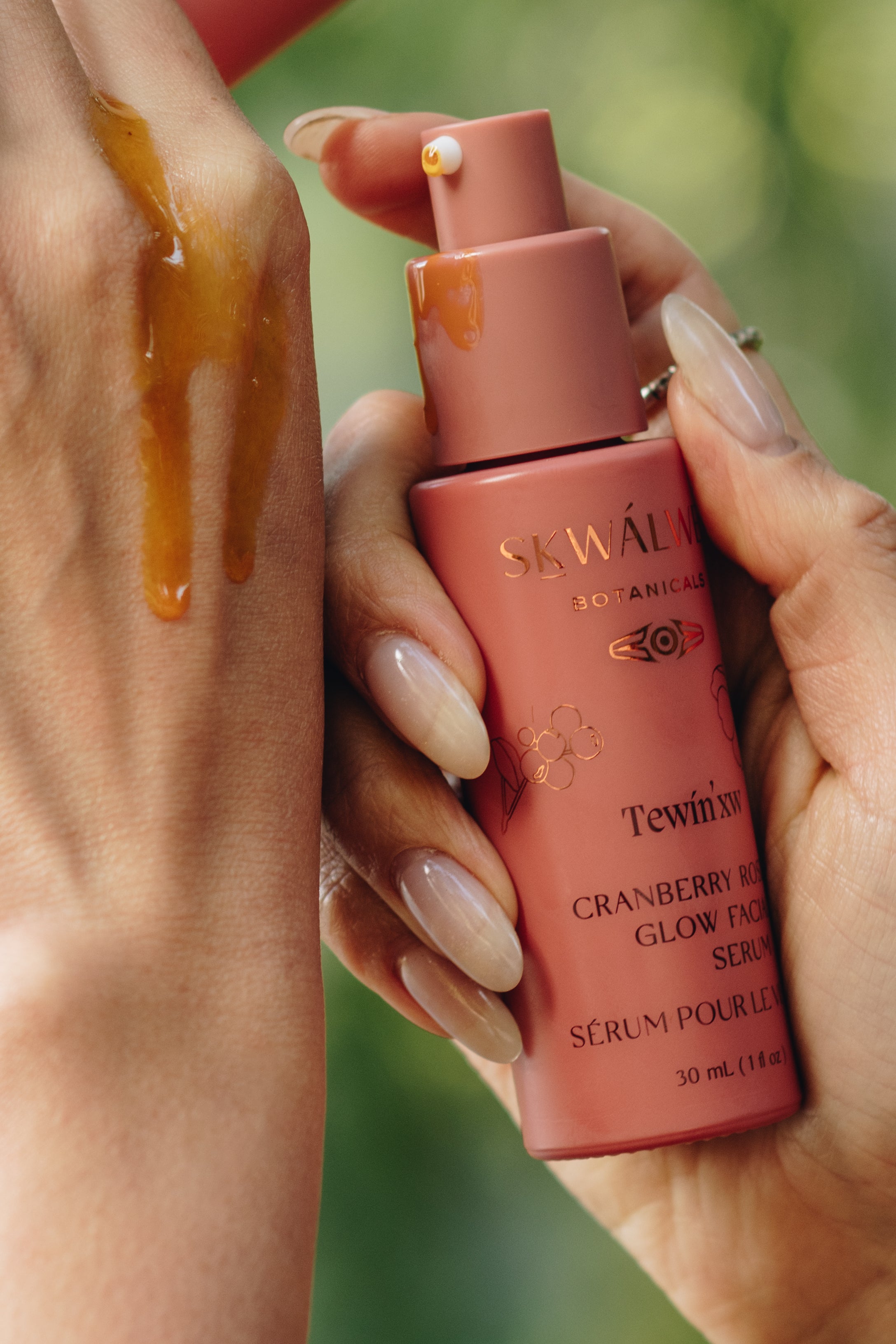
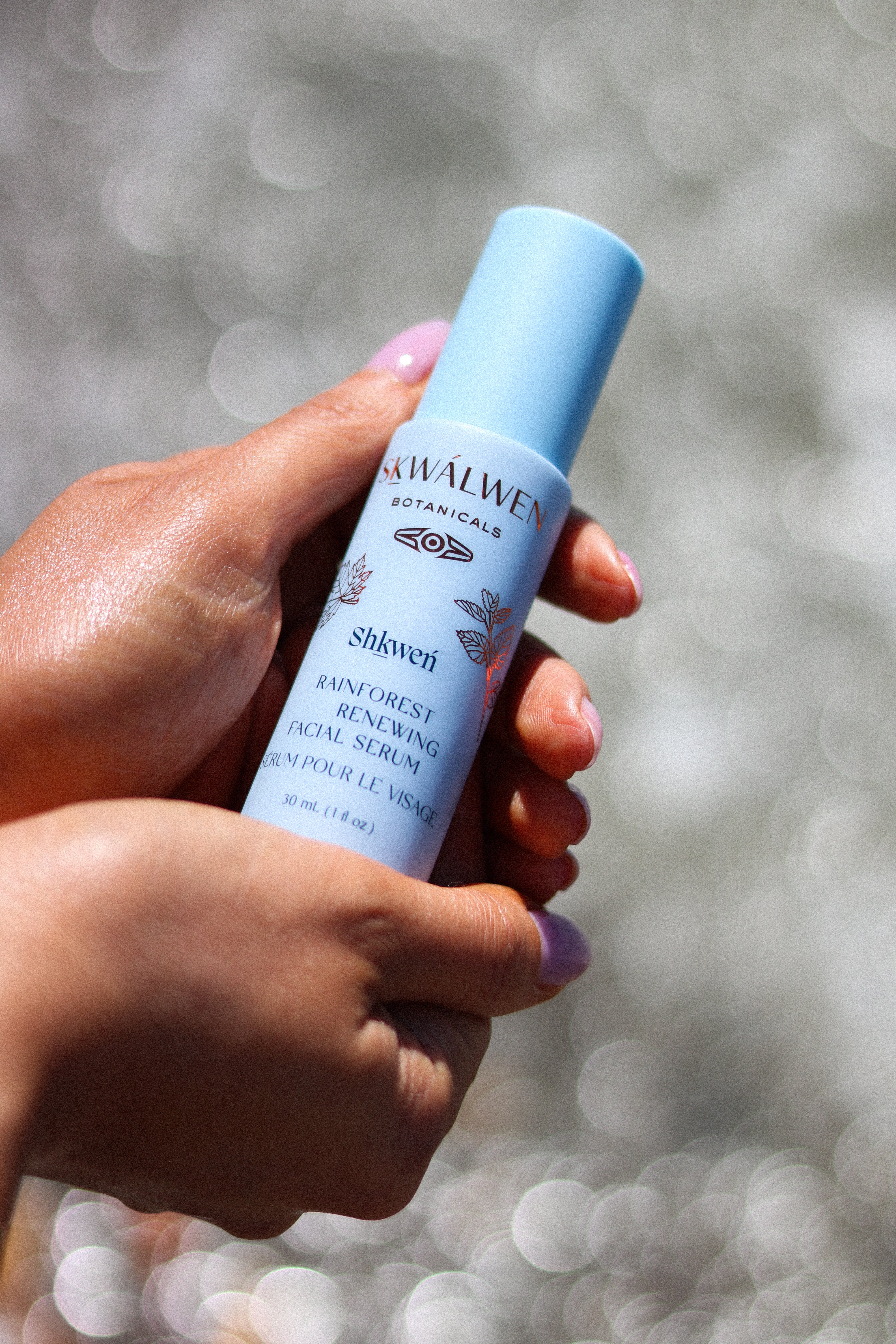
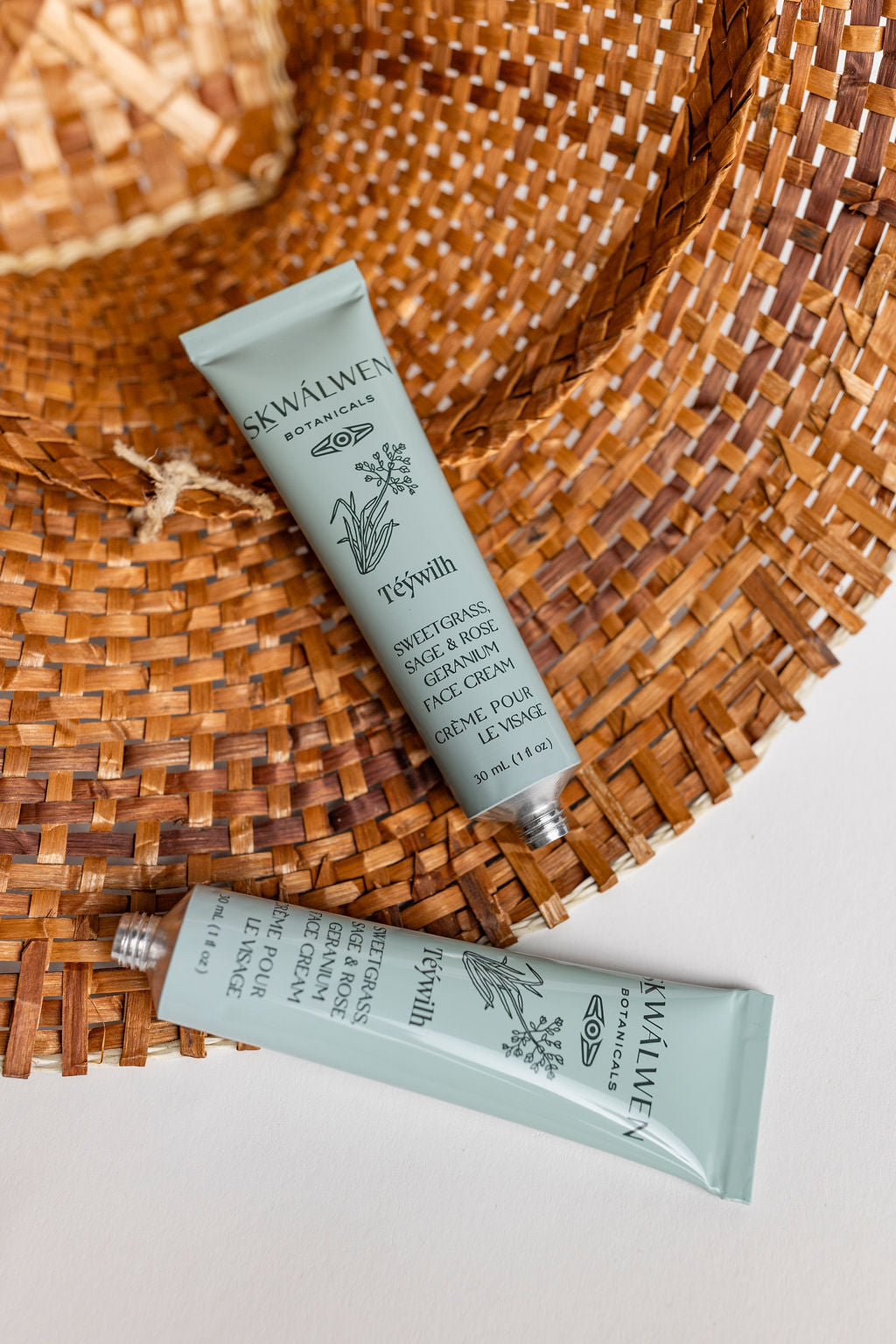
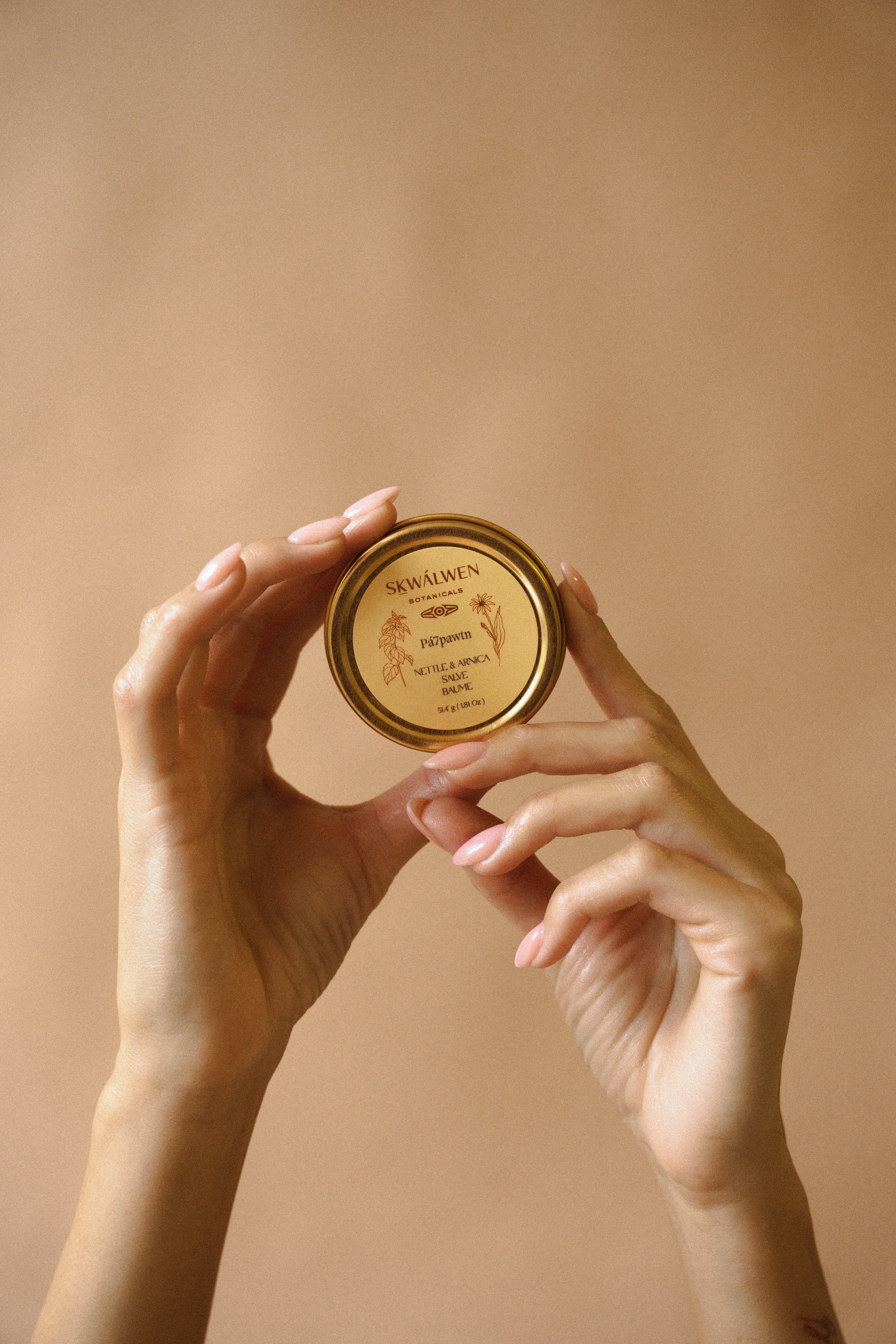
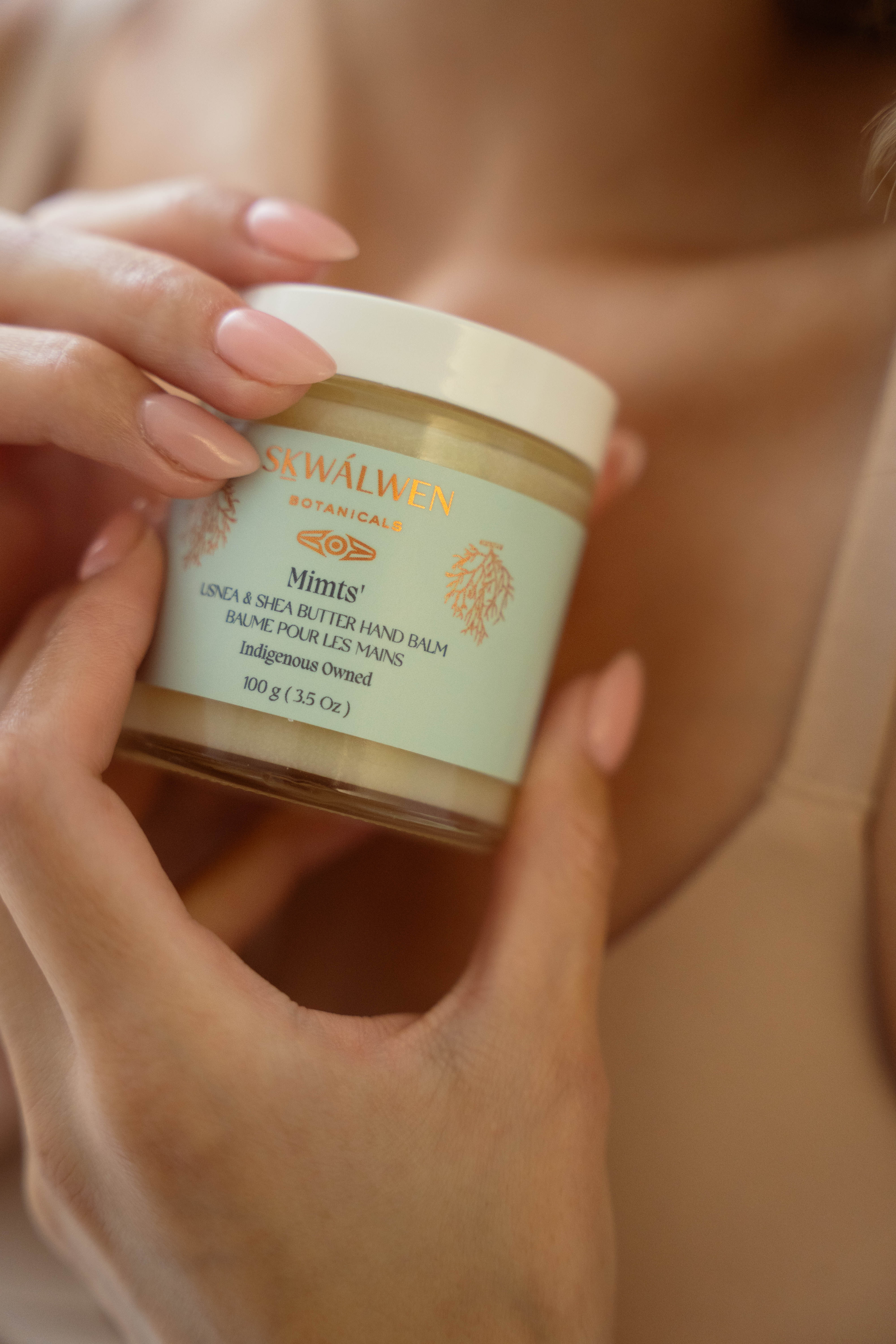
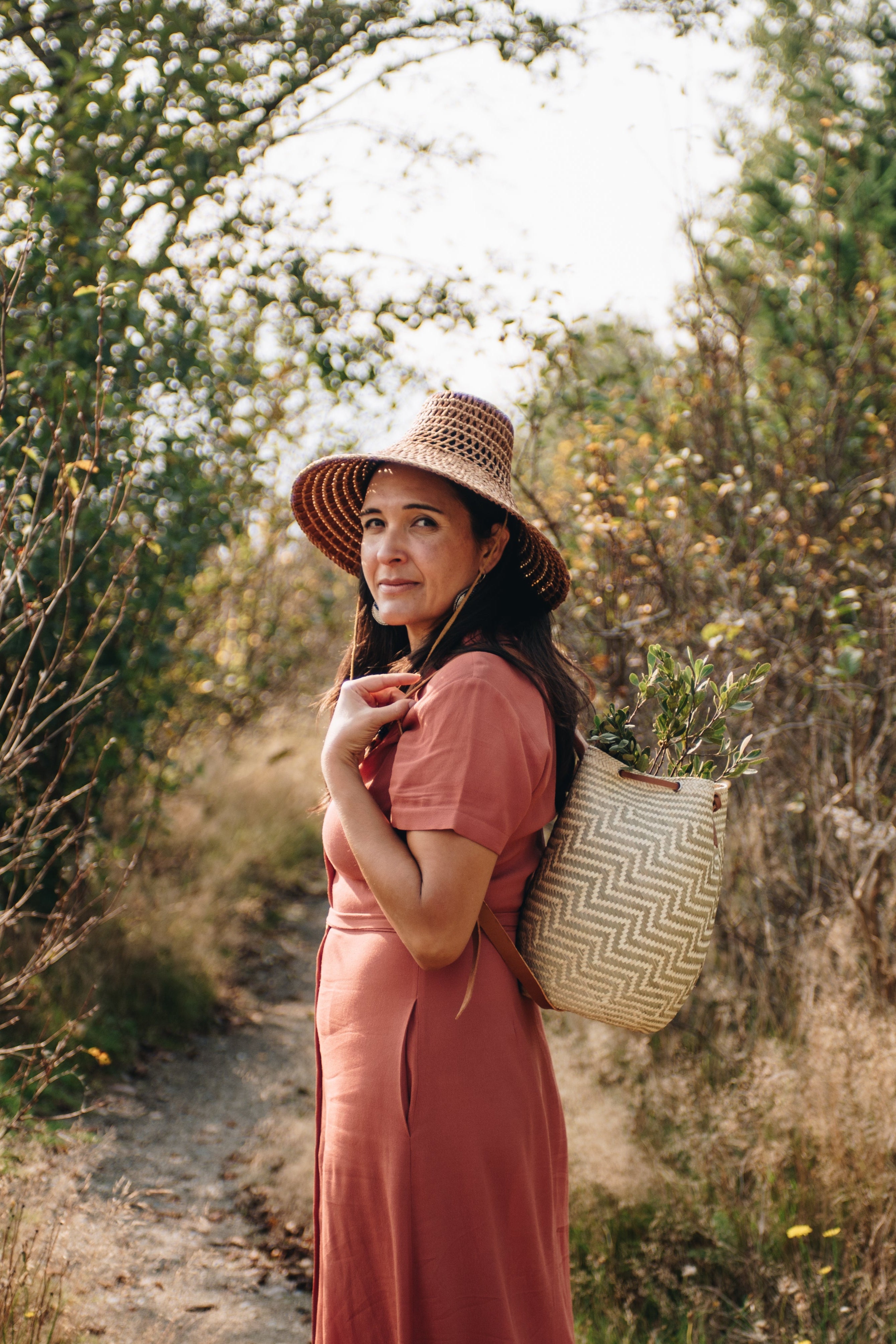
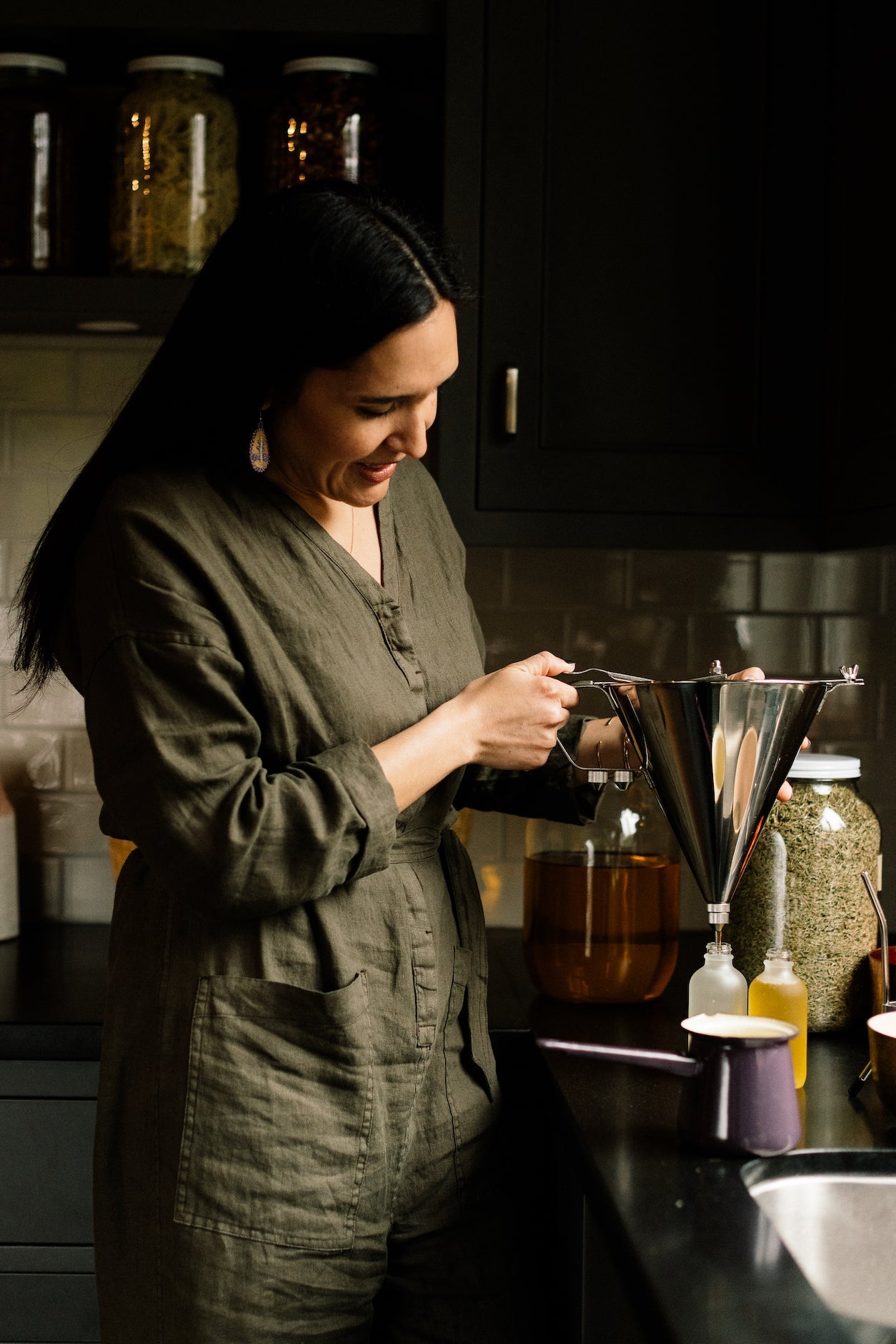
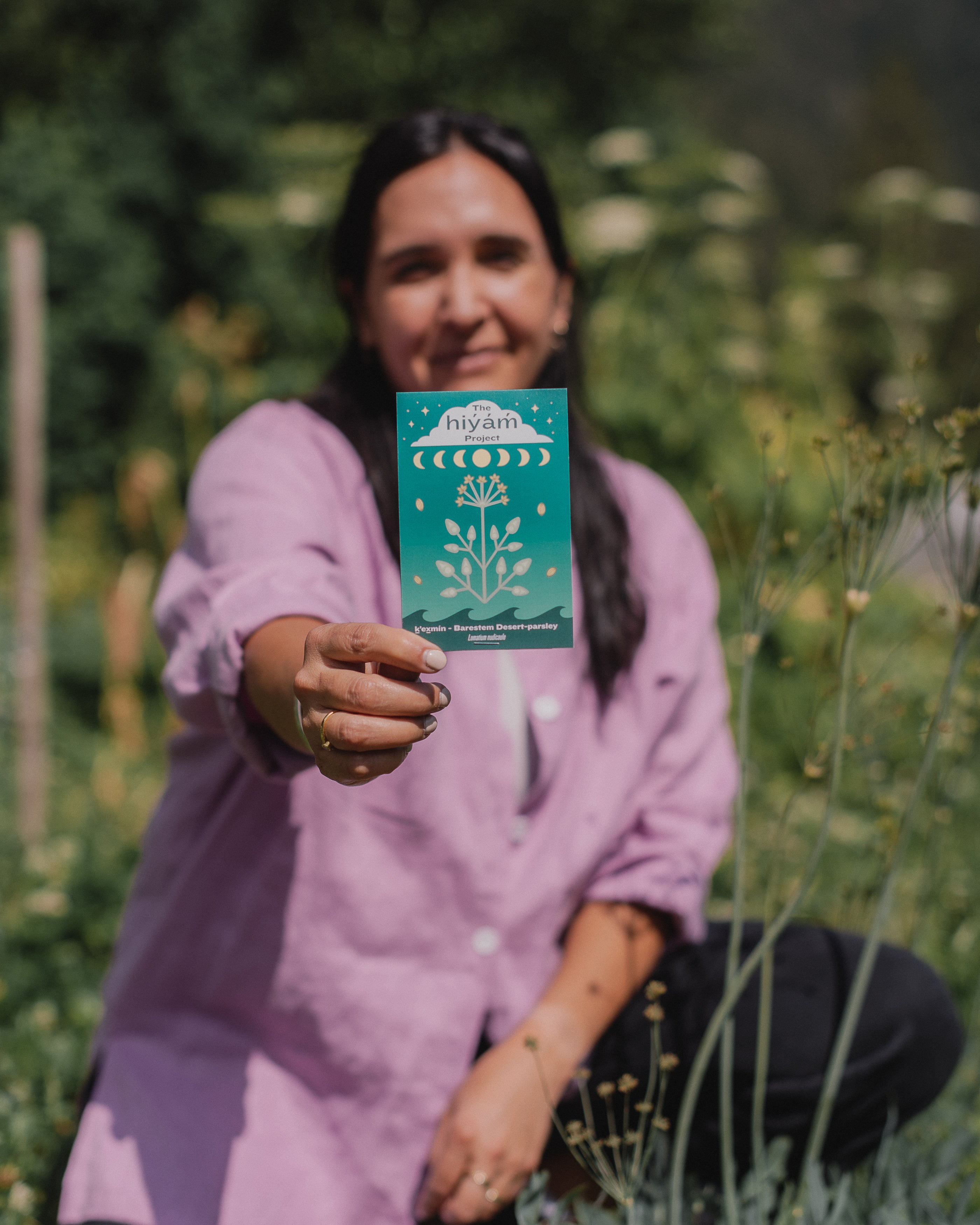


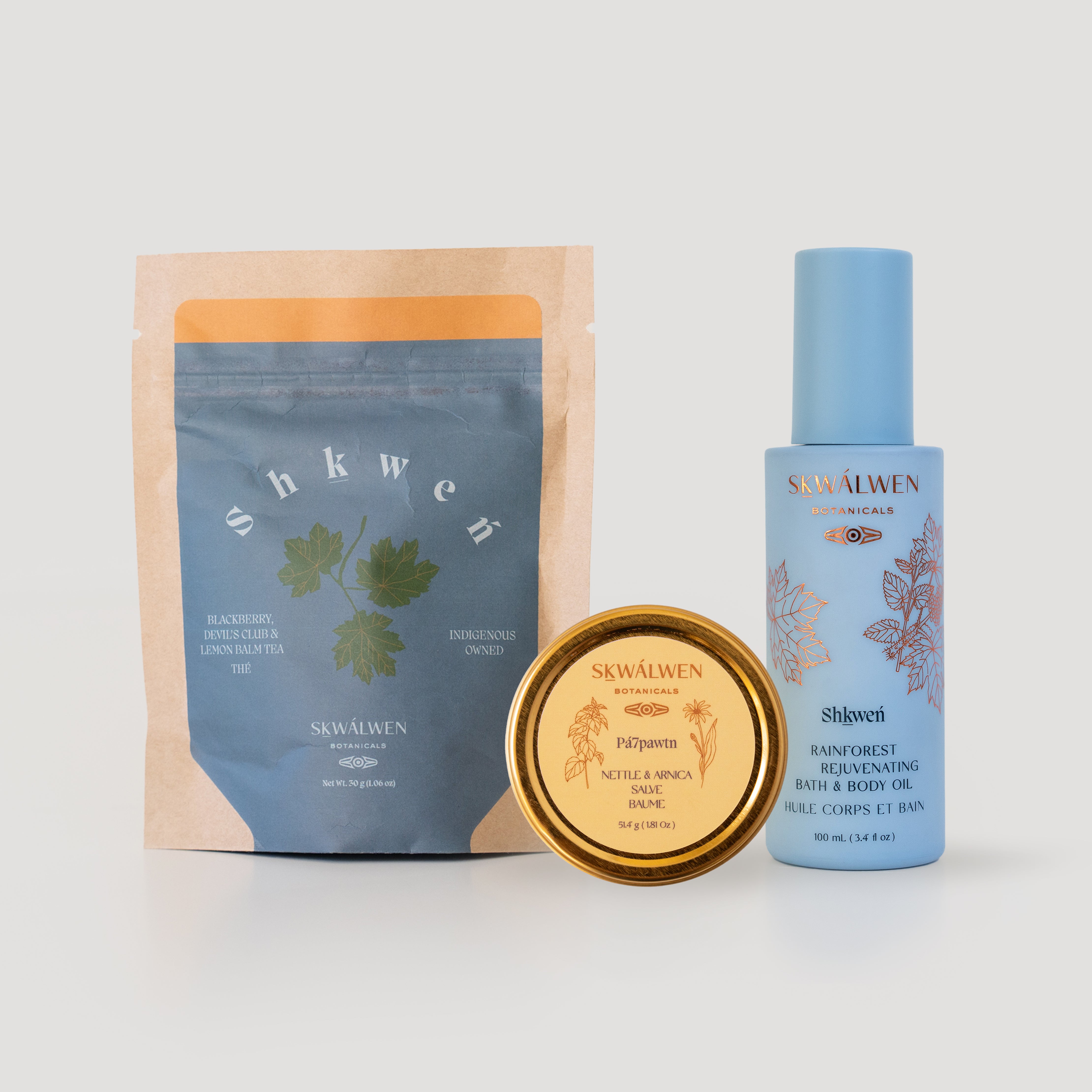
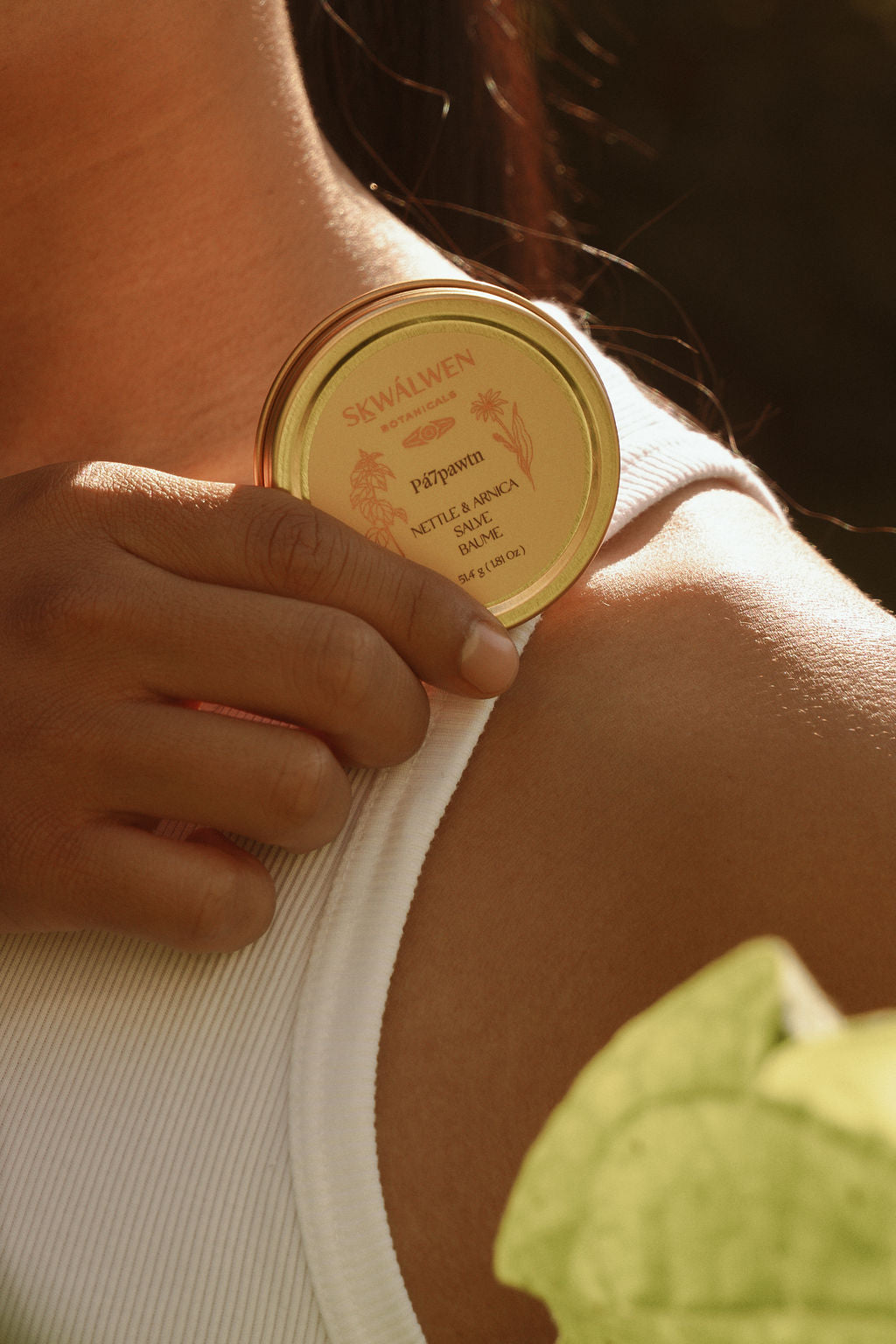
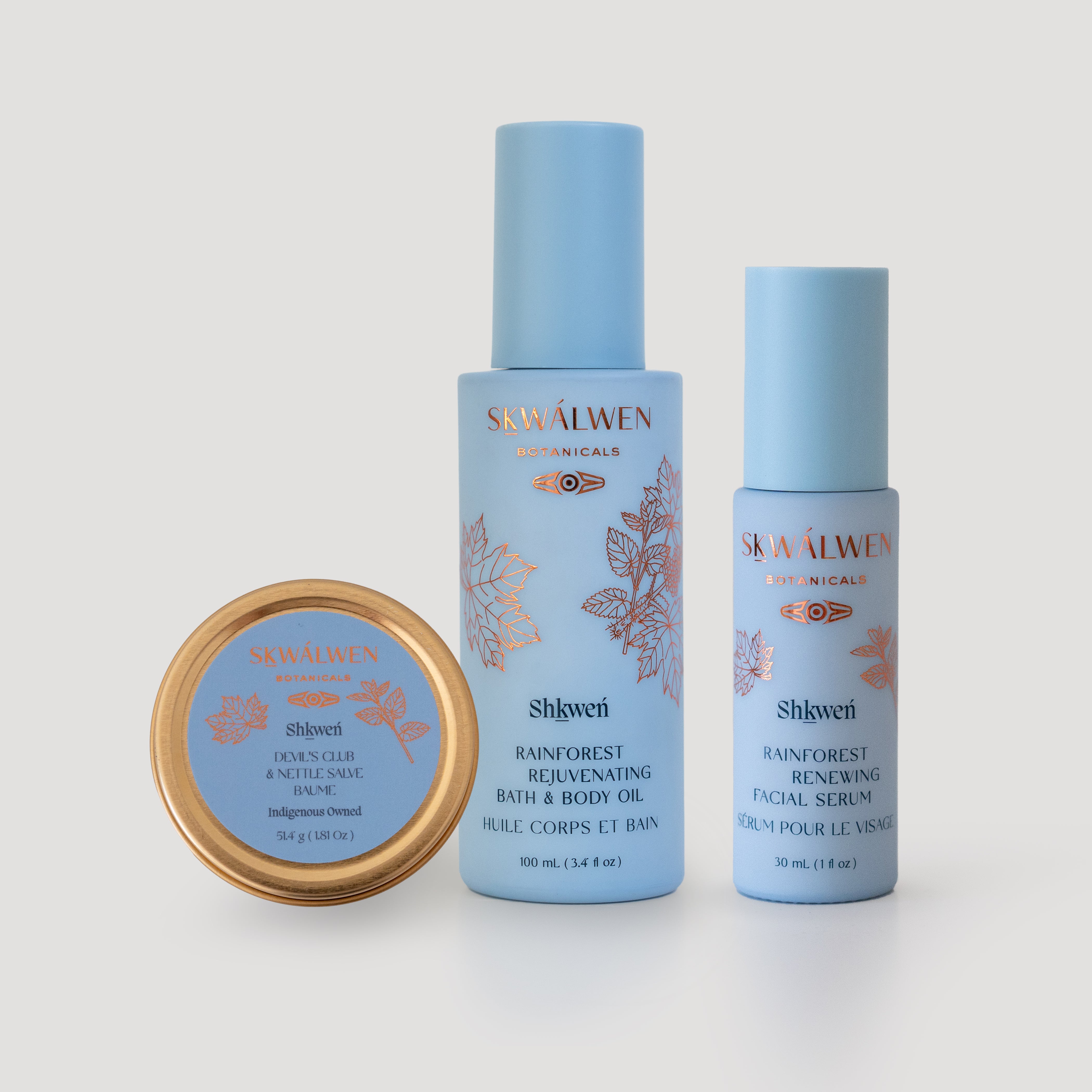

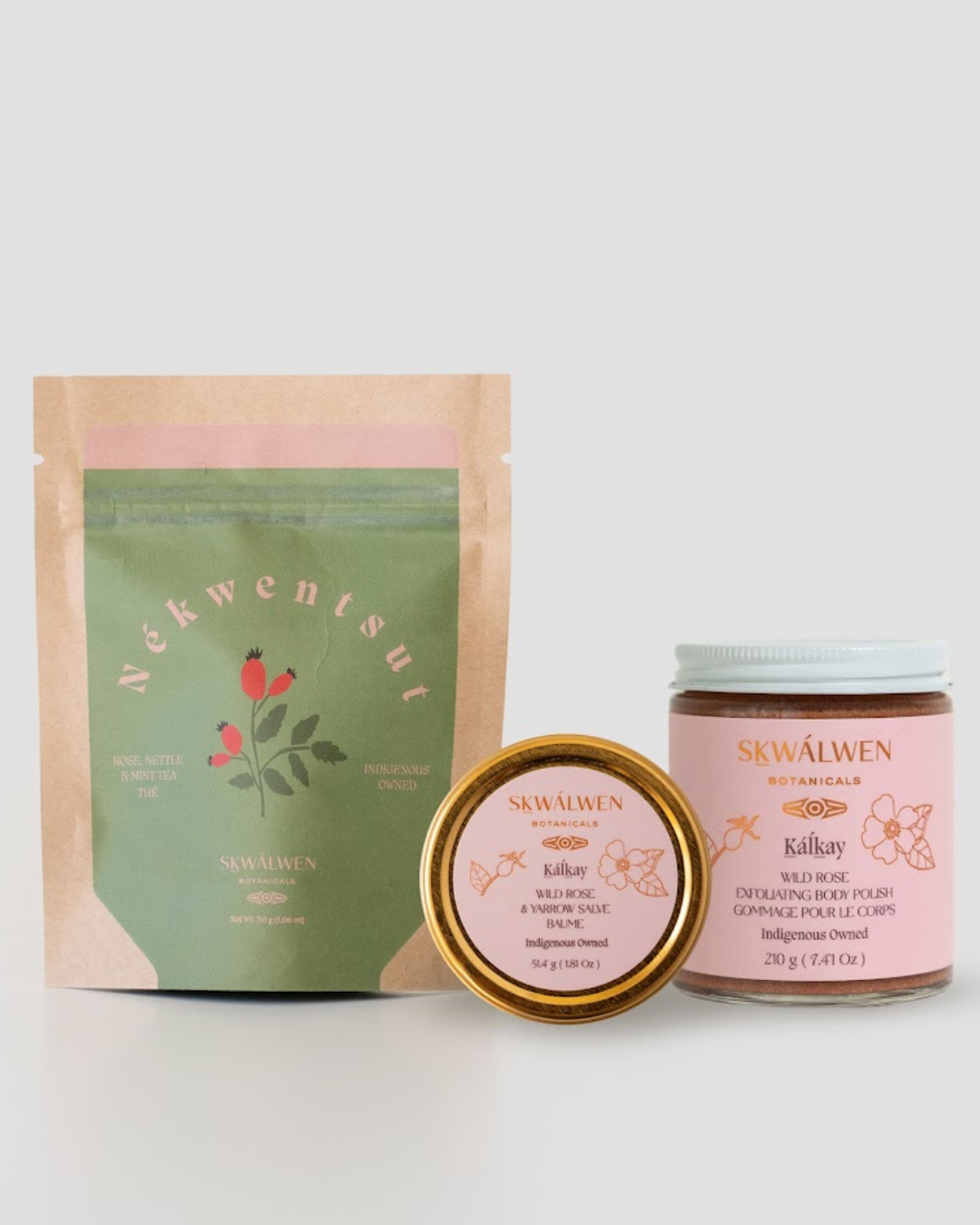


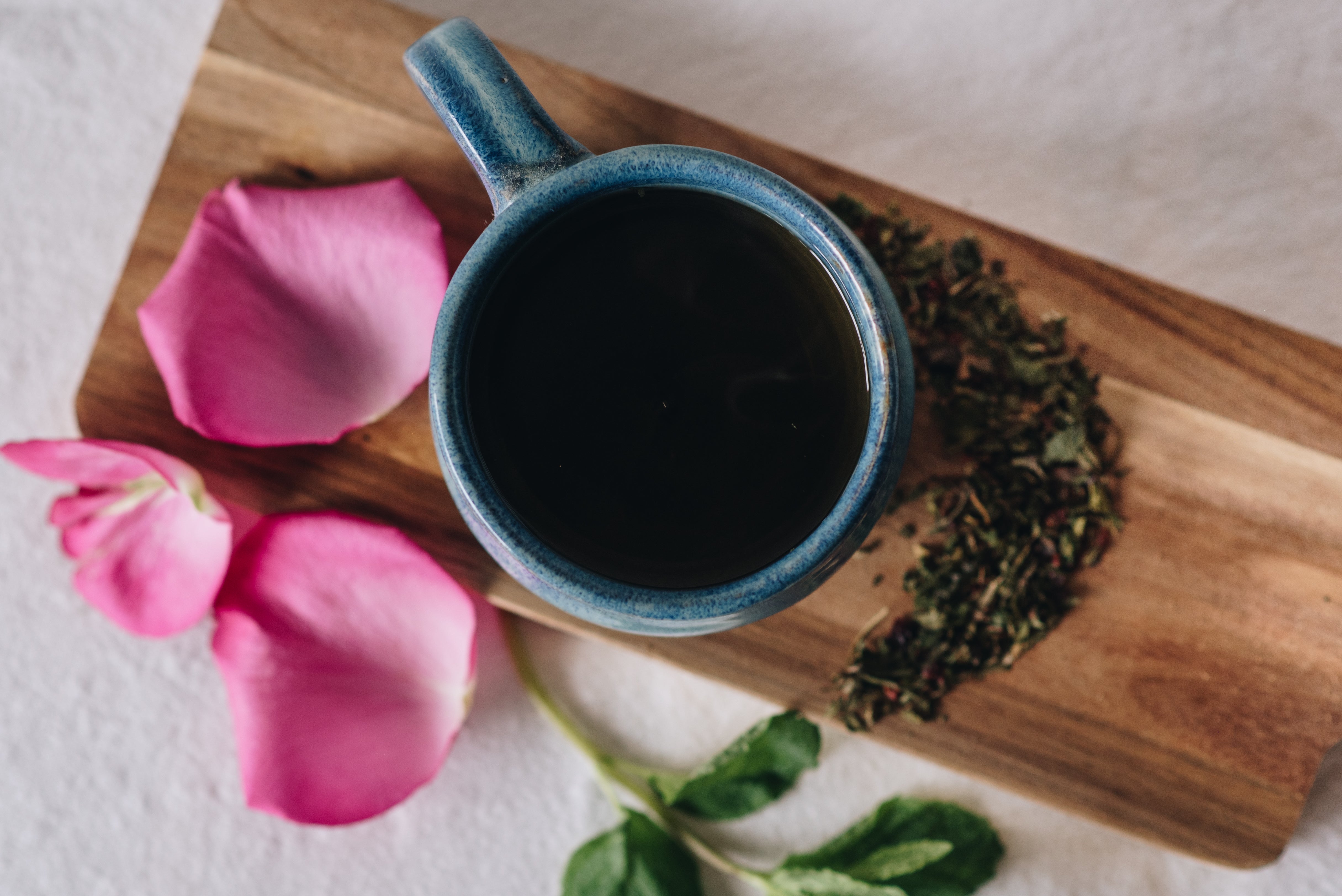
1 comment
Hello Leigh, Thankyou for this! I was gifted NEKWENTSUT and am enjoying it today. I look forward to the ZOOM meditation gathering tomorrow. I am sharing your email today with my contacts.
Love and Gratitude,
Linda
Linda Glass
Leave a comment
All comments are moderated before being published.
This site is protected by hCaptcha and the hCaptcha Privacy Policy and Terms of Service apply.